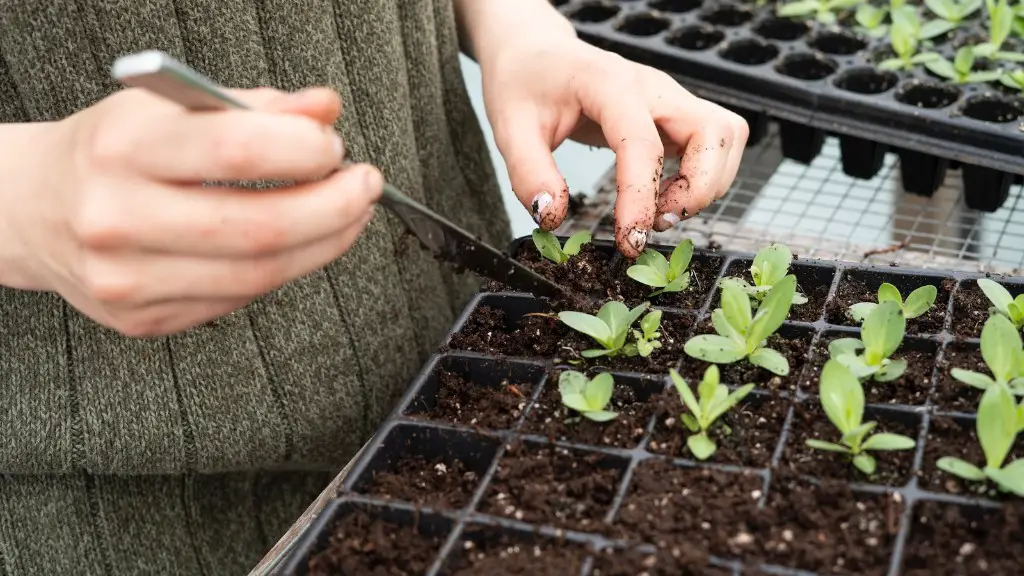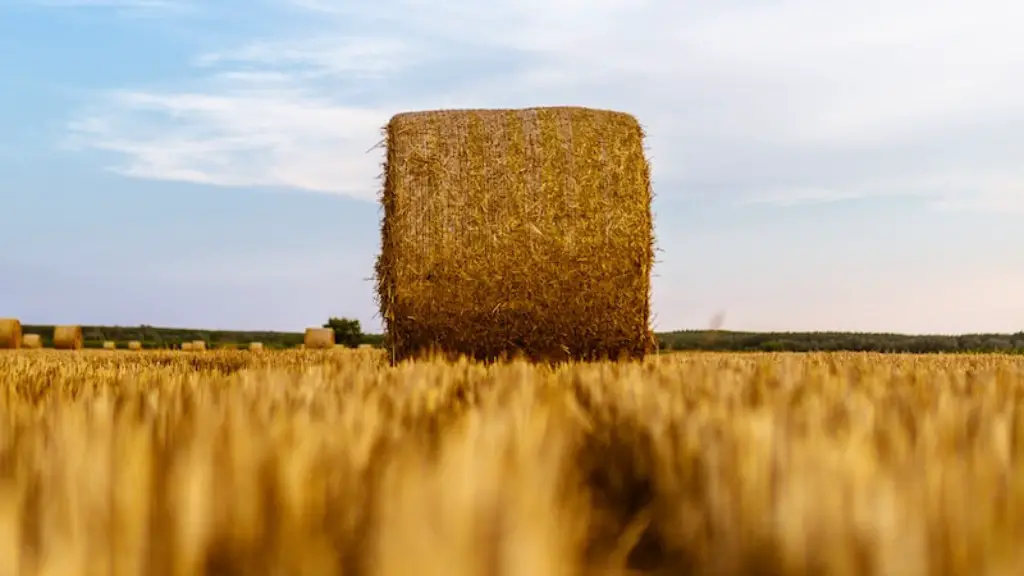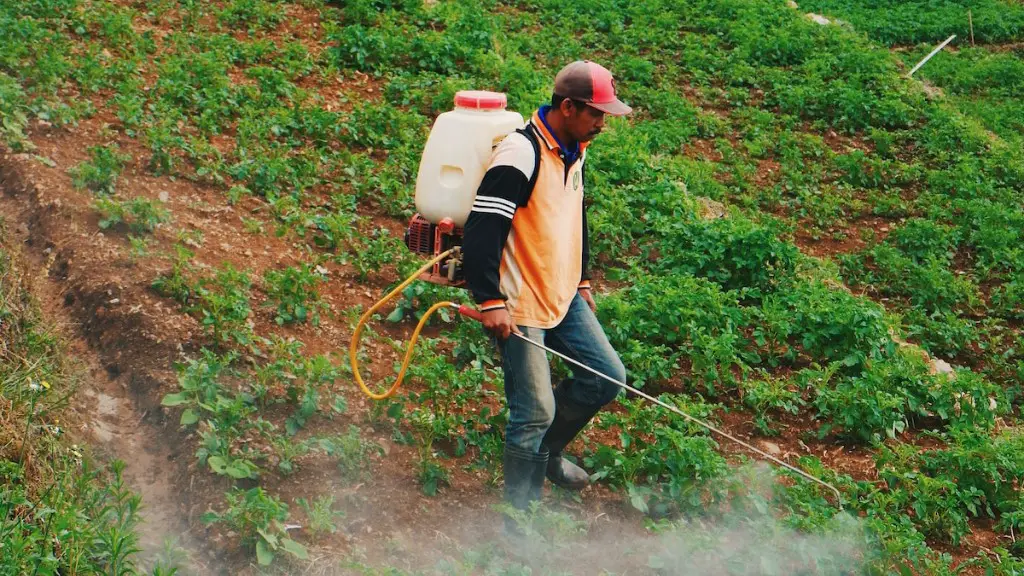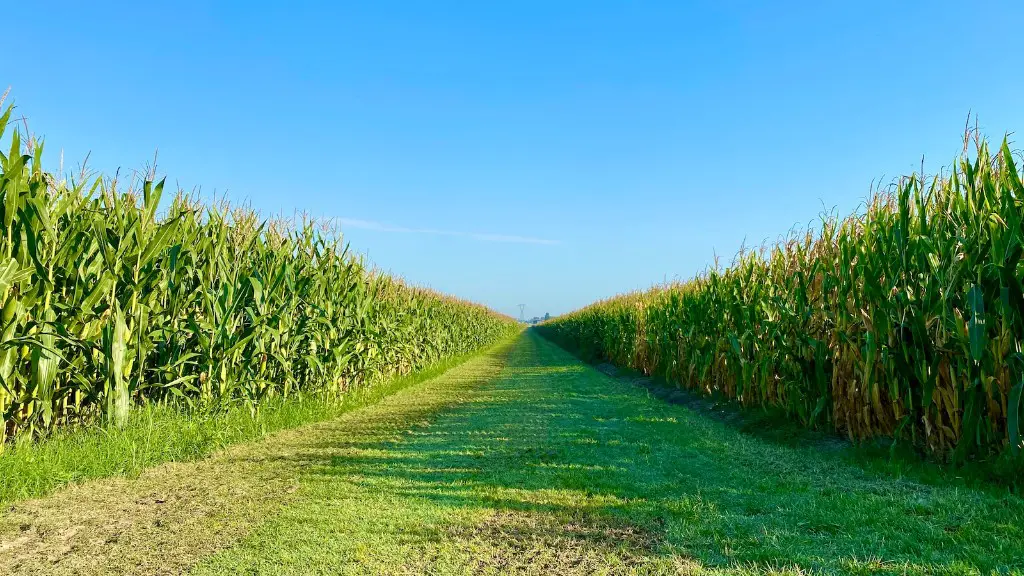Regenerative agriculture has the potential to play a significant role in the fight against climate change. One way it does this is by sequestering carbon in the soil. When farmers practice regenerative agriculture, they help to build up the organic matter in their soil. This increased organic matter helps to store more carbon, keeping it out of the atmosphere where it can contribute to global warming.
Regenerative agriculture is a type of farming that focuses on rebuilding the soil. Unlike conventional farming which relies on artificial fertilizers and chemicals, regenerative agriculture uses natural methods to enrich the soil. This includes practices like cover crops, crop rotation, and composting.
One of the main ways that regenerative agriculture sequesters carbon is through the process of photosynthesis. When plants photosynthesize, they take in carbon dioxide from the atmosphere and convert it into carbohydrates. Some of these carbohydrates are used by the plant for energy, but a portion of it is stored in the soil. This stored carbon becomes part of the soil organic matter, which is incredibly important for maintaining healthy soils.
Healthy soils are vital for sequestering carbon. Soils contain a huge amount of carbon – more than the atmosphere and all vegetation combined. By improving the quality of the soil, regenerative agriculture helps to store more carbon in the ground, which helps to offset the carbon dioxide that is released into the atmosphere.
How does regenerative agriculture reduce carbon emissions?
Regenerative agriculture is a type of farming that focuses on building up the quality of the soil. This is done by using techniques that mimic the way ecosystems work in nature. One of the key ways regenerative agriculture does this is by using cover crops and crop rotation. Cover crops are plants that are grown specifically to improve the quality of the soil. They do this by adding organic matter to the soil and by providing a home for soil microbes. Crop rotation is another key technique used in regenerative agriculture. This is when farmers grow different crops in different areas of their field in a rotating pattern. This helps to improve the overall health of the soil by preventing the build-up of pests and diseases.
No-till farming is a type of agriculture that involves minimal disturbance of the soil. This is done through the use of methods such as no-till or conservation tilling, mulching, composting, rotating livestock, and using cover crops. These methods help to sequester carbon in the soil, which can improve the quality of the soil and the health of the ecosystem.
How can agriculture improve carbon sequestration
Carbon sequestration in cultivated soils can be increased by adding appropriate organic and mineral nutrients for biomass production, as well as by reducing tillage, and using cover crops. All of these practices can help to increase the amount of carbon that is stored in the soil, and thus help to offset greenhouse gas emissions.
According to the Food and Agriculture Organization of the United Nations, the world’s grazing lands cover approximately 26 percent of the world’s ice-free terrestrial surface. If regenerative grazing practices were implemented on these grazing lands, they could potentially sequester 986 gigatons (Gt) of carbon dioxide (CO2) per year.
The amount of CO2 that could be sequestered by regenerative grazing practices would be determined by a number of factors, including the type of grasses used, the grazing intensity, and the location of the grazing lands. For example, it is estimated that if 30,000 pounds of CO2 per acre were sequestered on the world’s grazing lands, this would result in a total sequestration of 986 Gt CO2/yr.
While the potential for regenerative grazing practices to sequester large amounts of CO2 is clear, it is important to note that these practices must be implemented on a large scale in order to make a significant impact. In addition, the success of regenerative grazing practices will depend on the continued commitment of those who implement them.
Does regenerative agriculture capture carbon?
Regenerative organic agriculture has the potential to reverse climate change by sequestering carbon from the atmosphere. Rodale Institute has proven that organic agriculture can sequester carbon, making it an important tool in the fight against climate change. This document outlines our findings and provides a roadmap for others to follow.
Regenerative agriculture is a system of farming principles and practices that focuses on rebuilding soil health and ecosystem function. The goal is to create conditions under which nature can heal and regenerate itself. When soil is healthy and teeming with life, it can sequester carbon, filter water, and produce abundant food.
There are many potential benefits of switching to regenerative agriculture practices, including reducing greenhouse gas emissions. Traditional food production is a key driver of climate change, and regenerative agriculture has the potential to significantly reduce emissions. In addition, regenerative agriculture can help to restore and regenerate degraded ecosystems, providing numerous other environmental benefits.
What is the most efficient way to sequester carbon?
Forests play an important role in sequestering carbon dioxide from the atmosphere. CO2 is bound to plants during photosynthesis and exchanged for oxygen, which acts as a purifying emission. This process helps to mitigate climate change and maintain a healthy environment.
Carbon sequestration is the process of capturing and storing carbon dioxide (CO2). It is a key component of mitigating climate change and reducing greenhouse gas emissions. There are three main types of carbon sequestration: biological, geological, and technological.
Biological carbon sequestration occurs naturally through the uptake of CO2 by plants and other organisms. This process helps to regulate the atmospheric concentration of CO2 and keep the planet habitable for life. Forests play a particularly important role in biological carbon sequestration, as they cover vast areas and contain a great deal of biomass.
Geological carbon sequestration is the long-term storage of CO2 in rock formations deep underground. It is considered a safe and secure way to store CO2, as it is unlikely to leak back into the atmosphere. Geological carbon sequestration is still in the early stages of development and is not yet widely used.
Technological carbon sequestration refers to the capture and storage of CO2 using different kinds of technology. One example is carbon capture and storage (CCS), which captures CO2 from power plants and other industrial sources before it is released into the atmosphere. CCS is a promising technology, but it is still expensive and not yet widely used.
What are 3 ways that a farmer can sequester or trap more carbon in their soil
Soil disturbance is one of the main ways that carbon is lost from soil, so reducing soil disturbance is a key way to increase soil carbon. Low-till or no-till practices, as well as planting perennial crops, can help reduce soil disturbance and thus increase soil carbon. Another way to increase soil carbon is to change planting schedules or rotations, such as by planting cover crops or double crops instead of leaving fields fallow. Managed grazing can also help increase soil carbon.
Alfalfa and canola are considered the best crops for sequestering carbon in the soil. This is because they have deep roots that help to keep the soil in place and also help to aerate the soil. This allows for better carbon sequestration.
What plants sequester the most carbon?
According to a recent study, the live oak is the most efficient carbon capturing tree, it being able to sequester some 10,994 CO2 equivalent over its lifetime Ranking second is the East Palatka holly, with a lifelong carbon fixation of 7,321 CO2 equivalent. This means that these two tree species have the potential to offset a significant amount of carbon emissions, making them an important part of the fight against climate change.
The above activities are important in order to ensure that there is an adequate supply of trees and vegetation. This is necessary in order to ensure that the ecosystem is able to function properly.
How many trees does it take to sequester a ton of carbon
Five trees are estimated to offset one ton of carbon over their lifetime. This is a general estimate, and may vary depending on the specific tree species and the growing conditions.
Regenerative farming is a term used to describe agricultural practices that are focused on rebuilding and enhancing the health of the soil. The five principles of regenerative farming are designed to do just that.
Principle 1: Soil Armor
One of the most important aspects of regenerative farming is protecting the soil from erosion and degradation. This can be done by using cover crops, mulching, and other methods of ground cover.
Principle 2: Diversity
Diversity is key in regenerative farming. Planting a variety of crops helps to improve the health of the soil and creates a more resilient ecosystem.
Principle 3: Continual Live Plant/Root
Keeping plants and roots growing throughout the year helps to improve the structure of the soil and enhances its ability to hold water and nutrients.
Principle 4: Livestock Integration
Including livestock in a regenerative farming system can help to improve soil health through grazing and manure.
Principle 5: Minimizing Soil Disturbance
Minimizing soil disturbance is essential for regenerative farming. This means using no-till or low-tillage methods and avoiding compaction.
How much CO2 does 1 acre of trees absorb?
A forest contains many trees, and each tree absorbs a certain amount of carbon dioxide from the atmosphere. The amount of carbon uptake by each tree varies depending on the type of tree, its size, and the environment in which it is growing. A large tree growing in a forest can absorb hundreds or even thousands of pounds of carbon dioxide each year.
As the world continues to face the threat of climate change, it is more important than ever to find ways to reduce greenhouse gas emissions. Industrial farming practices and the conversion of natural carbon sinks like forests and prairies into farmland are the main drivers of these emissions. Regenerative farming promises to reverse this flow of greenhouse gases by putting carbon back into the ground, turning agricultural landscapes into carbon sinks.
There are many potential benefits of regenerative farming, including improved soil health, increased crop yields, and increased resilience to drought and other climate-related extreme weather events. In addition, regenerative farming practices can help to sequester carbon, helping to mitigate the effects of climate change.
While regenerative farming practices are not a silver bullet for climate change, they offer a promising approach for reducing greenhouse gas emissions and increasing the resilience of agricultural systems to the effects of climate change.
What are the 4 practices of regenerative agriculture
Cover crops and crop rotation are two of basic principles of sustainable agriculture that lead to greater biodiversity. By planting a wide variety of crops, farmers can provide habitat and food for a wide variety of animals, from predators to pollinators.
Eliminating or decreasing tillage prevents soil erosion and helps keep nutrients in the soil. Reducing the use of artificial fertilizers helps reduce water pollution.
Regenerative grazing management is a grazing system that helps rebuild soil health and promote grassland biodiversity. Livestock are managed in a way that promotes the growth of healthy plants, which in turn provides food and habitat for a variety of animals.
While there is no silver bullet for reversing climate change, regenerative agriculture is a promising solution that can help sequester atmospheric CO2 in soil. By implementing practices like cover cropping, crop rotation, holistic animal grazing, and the use of compost, farmers can help improve soil health and create a healthy environment for plants and animals to thrive.
Warp Up
Regenerative agriculture is a type of land management that aims to regenerate degraded soils througha combination of soil-conservation practices and other farming techniques. The main objective of regenerative agriculture is to promote the health and productivity of the soil, which in turn helps to sequester carbon in the soil and improve its fertility.
The use of regenerative agriculture practices can play a role in sequestering carbon in the soil. These practices can help to improve soil health, increase organic matter, and improve water infiltration. When these factors are improved, it can lead to reduced greenhouse gas emissions and help to offset the effects of climate change.




